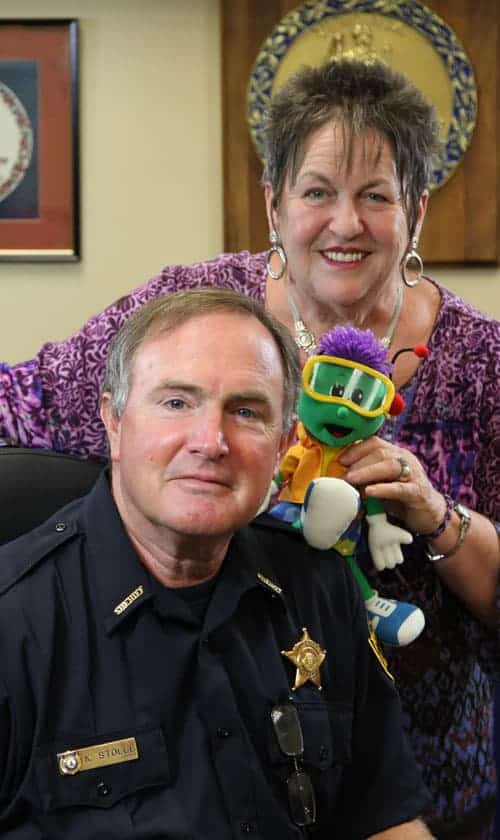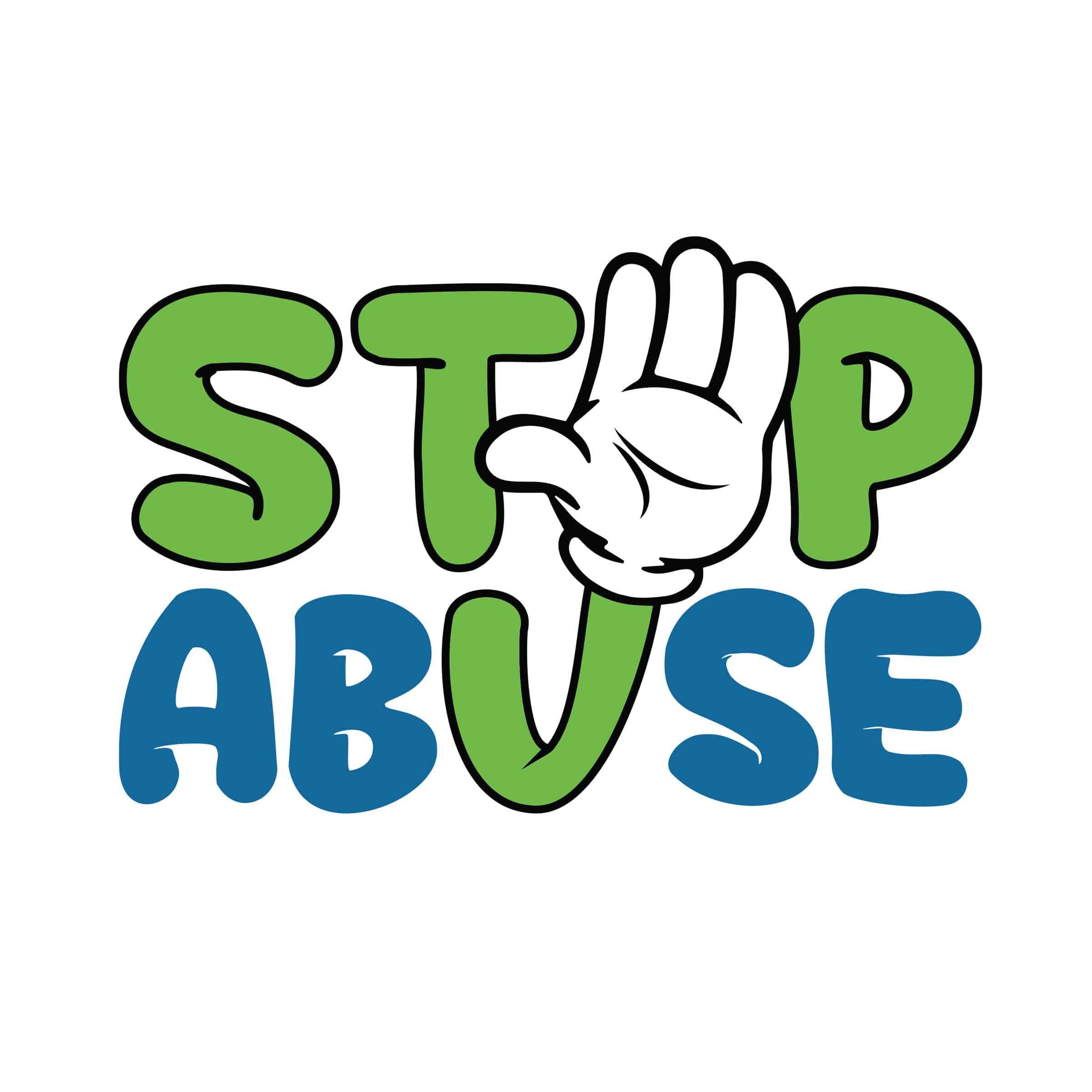Essential Safety Education
“Simon Says, Just Tell”
Teaching children how to recognize and prevent child sexual abuse is as essential as buckling seatbelts or looking both ways before crossing the street.
Our hero, Simon, empowers children through songs and encourages them to, “Just Tell” if they are being touched or approached in a way that makes them uncomfortable. Through our show children learn:
- Your body is your own and no one can touch you in a way you don’t like.
- Don’t keep secrets, especially with touching. Secrets about that are confusing and makes you feel uncomfortable and sad.
- You can say, “NO!” to any kind of touching.
- Always question anyone who wants you to do something that makes you feel uncomfortable.
- Talk to someone you can trust about the way you’re being touched.
- Overcome fear, guilt and embarrassment, by telling someone you trust about being touched.
- How do you recognize inappropriate predatory behavior from an adult? Look for excessive gift giving, playing secrets and trying to play “secret games.”
- How can you tell about what is happening to you? Lori wrote her mom a letter. This can be easier than talking about it.
- Always think about who you are talking to or talking about when using the internet.
- Never tell anyone that your parents are not home and you’re alone.
Child Sexual Abuse is the least talked about, and the single worst health epidemic that children face.
CSA (Child Sexual Abuse) is an insidious part of our society. It is known as ‘the Silent Epidemic’. People don’t like to hear or talk about sexual abuse because it makes us feel uneasy. Imagine how victims feel? Silence keeps predators going. Predators use the evil tools of shame, guilt and fear of getting into trouble to manipulate their victims into a code of silence.
There are 43 million survivors of CSA in just the United States, and that number grows daily. More than 800 children are sexually abused every day and 10% will never disclose their abuse. Silence allows perpetrators to continue their victimization unchecked and hinders healing in the victims.
Stop Abuse raises public awareness through media engagements, community events, informal campaigns, educational programs, helps law enforcement take action. Child Sexual Abuse victimization can be eliminated from every community.
COMMON MYTHS FOR PERPETRATORS:
MYTH: They look normal and act normal, so they can’t be a child molester.
A common and dangerous public assumption is that a person who looks normal and acts normal simply cannot be a child molester. Sex offenders are knowledgeable about the importance of their public image and can hide their private behaviors from their, neighbors, colleagues and even their own family members.
Sex offenders use a number of strategies which allow them to gain access to children while hiding their true actions. Many perpetrators seek out volunteer or employment positions that place them in close proximity to children. Some child molesters appear to be charming, socially responsible, caring, compassionate, morally sound and sincere. Parents and other responsible adults trust these individuals. This leads to continued access to child victims.
MYTH: Only Men Sexually Abuse Children.
While male perpetrators tend to be the majority of reported cases of abuse, women are also capable of child sexual assault. Reports of female perpetrators are on the rise and female offenders have been reported in cases of abuse involving both male and female children.
MYTH: Child molesters target any and all children nearby.
Just because a child is in the proximity of a sex offender, this does not mean that the child will automatically become a target or a victim. This may seem obvious, but some people believe that if a perpetrator didn’t abuse a certain child to whom he access then the children who do make an outcry of abuse must be lying. Sex offenders carefully select and groom their targeted victims, employing an outline or plan to get a particular child alone. Not every child fits the mold of what a pedophile is looking for. There is a process of obtaining a child’s friendship or trust, and in some cases, the parents friendship or trust as well. Once trust has been obtained, the child is more vulnerable, both emotionally and physically.
MYTH: It’s mostly strangers.
93% of all reported cases of child molestation involve a child and someone who the child knows personally. It’s not the stranger in the park, it is the people in the home. People who most likely abuse children are the ones with the most opportunity, most access and the most trust. Abusers can be parents, step-parents, grandparents, uncles, aunts, step-siblings, babysitters, tutors, family friends, clergy and even other children.
MYTH: Hundreds of innocent men and women have been falsely accused and sent to prison for molesting children.
Over and over again, the media has raised the question whether America is in the midst of a hysterical overreaction. Actual research shows our society, as a whole, continues to under-react and under-estimates the scope of the problem.
Prior to the 1980’s, child sexual abuse was largely ignored. During the 1980’s, the scope of the problem began to be acknowledged. Police began to arrest adults accused of child abuse. A backlash quickly formed and police and prosecutors were soon accused of conducting ‘witch hunts’. Although, some early cases were badly handled-mainly because police had little training and experience dealing with child witnesses. There is little evidence to back the assertion that there was widespread targeting of innocent people.
In fact, research has consistently shown that few abusers are ever identified or incarcerated. Estimates suggest that only 3% of all cases of child sexual abuse and only 12% of rapes cases, involving children, are ever reported to police.
Resources:
URL:http//www.leadershipcouncil.org/1/res/csa_myths.html
Article Title: Eight Common Myths About Child Sexual Victimization
Website Title: The Leadership Council
URL:http://onewithcourage.org/wp-content/uploads/2011/090myths-about-abuse1.pdf
I will be following up with additional information, i.e.
*What to do if a child discloses to you
*Information from our brochure, “How I Fooled You” which was produced with sex offenders who are in treatment. It covers: ‘How I picked my Victim’, ‘What I watched For’, ‘How I Fooled Myself”
*How and why child molesters get away with what they do, etc.
*Resources for parents and care givers.

